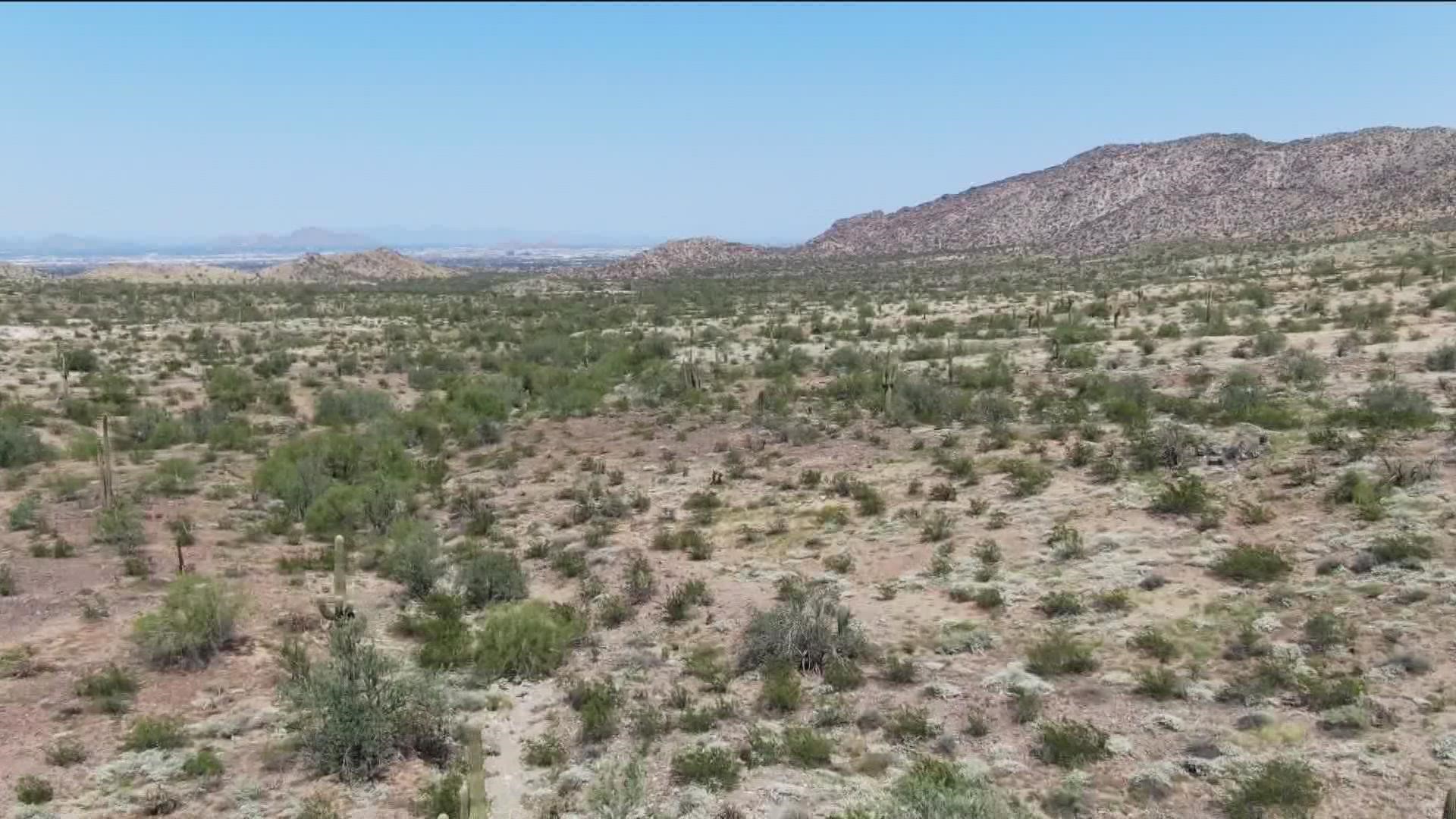TUCSON, Ariz. — Sharon Filip did not have the flu.
She had respiratory problems, muscle and joint pain...everything the flu would cause. But the flu didn't make her feel like this.
“I wished for death because anything is better than the pain I was in," Filip said.
When it got to be too much, she headed to the doctor.
“I would wake up in the middle of the night because there was a pain going across my arm," she said.
>> Live, local, breaking. Download the 12News app
Eventually, the diagnosis would come. Valley fever.
Valley fever is a disease caused by fungal spores that live in the desert dirt. Those spores are picked up by the wind and inhaled, where they grow and multiply, causing Valley fever. It doesn't have to be one of Arizona's famous haboob dust storms, though. It can be carried on any breeze or gust of wind.
There's treatment, but nothing that could have prevented her from getting the disease. Scientists have been looking for a vaccine for 60 years.
“We have a vaccine that we just published a big summary on," Dr. John Galgiani at the University of Arizona said. "It is a vaccine that we've demonstrated protects dogs from Valley fever.”
Galgiani is one of the leading experts in Valley fever, which is primarily only in Arizona and Southern California. The vaccine he's talking about is far from ready for humans.
Galgiani said he hopes to be able to roll out the vaccine to dogs in 2023.
Getting it ready for humans will take years of clinical trials.
"But that's that's the nature of it," Galgiani said. "So now we need to find the funding for that.”
Meanwhile, experts say you can protect yourself from Valley fever by staying out of large dust storms and dusty areas. If you can't, use an N95 mask that you may have laying around after COVID.
Up to Speed
Catch up on the latest news and stories on the 12News YouTube channel. Subscribe today.

